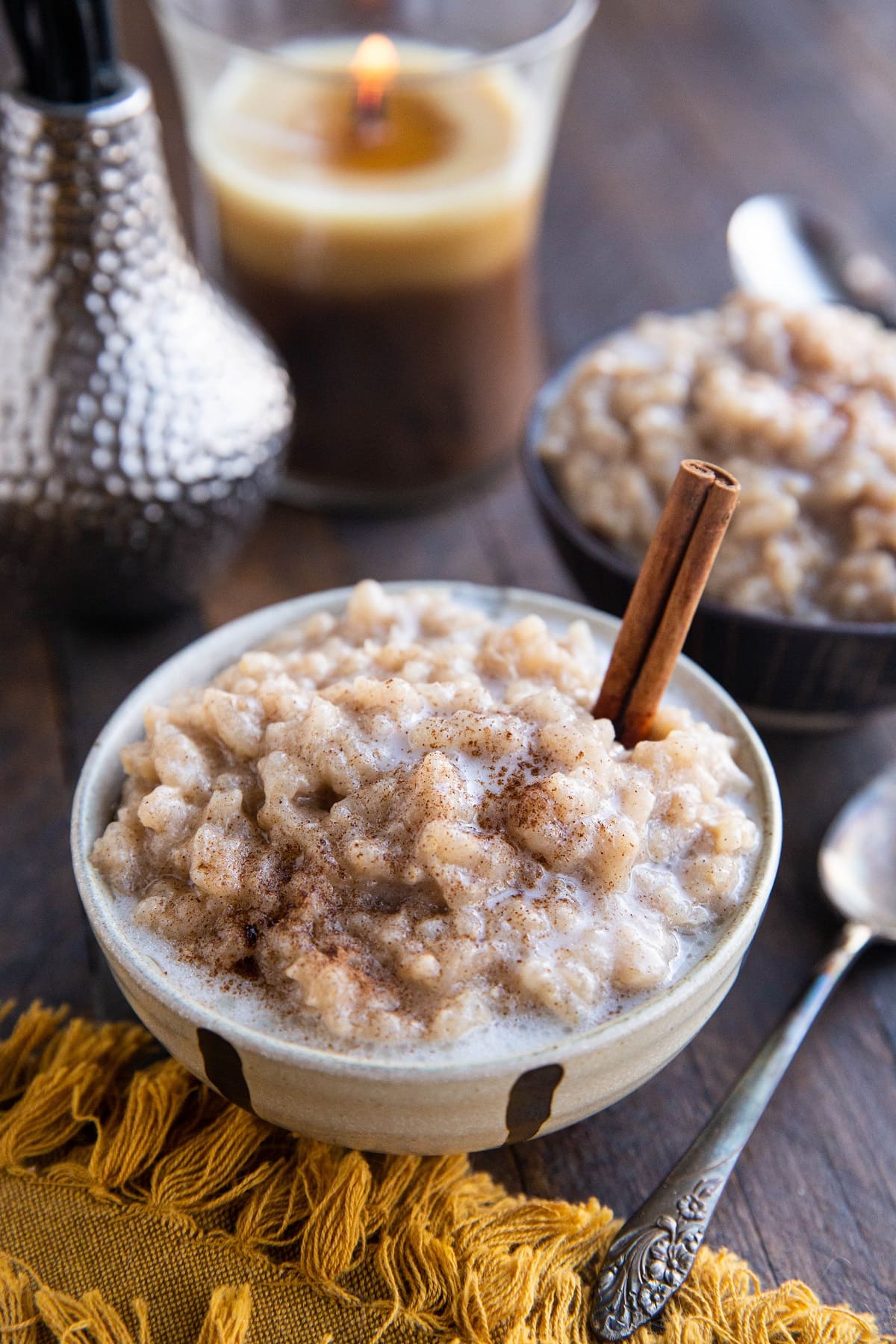Nikujaga (Japanese Meat and Potato Stew) (Video) 肉じゃが

That includes chunky potatoes, onion, and thinly sliced beef simmered in candy and savory dashi broth, Japanese beef and potato stew (nikujaga) is one among Japan’s most iconic home-cooked dishes.
nikujaga (肉じゃが) or Japanese beef and potato stew is synonymous with good dwelling cooking in Japan. It’s the dish that everybody usually eats at dwelling and remembers because the style of the mom おふくろの味. let’s make a killer nikujaga that may steal your loved ones’s coronary heart!
what’s nikujaga
As two of the primary components are niku (meat) and jagaimo (potatoes), nikujaga (肉じゃが) actually means “meat and potatoes”. is an iconic Japanese home-cooked dish, often called “ofukuro no aji” – a style of a mom’s cooking. for a lot of, nikujaga is trustworthy to goodness consolation meals.
Potatoes make up the majority of the dish, with some thinly sliced beef or pork, onion, shirataki noodles (ito konnyaku), and a colourful medley of greens. In western Japan, nikujaga is often served with beef, whereas pork is extra generally utilized in jap Japan.
It’s a basic yoshoku, a Western-influenced Japanese meals that appeared within the late nineteenth century. right here, the components are stewed in soy sauce, sugar, sake, and mirin, together with dashi (or water) in a pot, giving a well-known Japanese taste.
historical past of nikujaga
Nikujaga originated from the Imperial Japanese Military. it was launched to sailors as a result of it was extremely nutritious and the components are straightforward to provide, being much like these in marine curry.
within the late nineteenth century, common heihachiro togo, who studied in portsmouth, england, within the late nineteenth century, requested the naval cook dinner to create a model of beef stew, which was served within the british royal navy. because the chef had by no means tried beef stew and components corresponding to wine and demi glace sauce weren’t out there on the time, the chef invented his personal model with soy sauce and sugar, much like sukiyaki. the dish, referred to as amani (甘煮) again then, turned in style within the navy, and you could find the recipe within the “navy cookery textbook”.
conversely, most of the people confirmed little interest in the dish, because it makes use of beef and potatoes that have been overseas to the Japanese on the time. Nikujaga did not seem on the house desk till the Seventies. It was then that beef stew and curry rice started to turn into in style and dwelling cooks started to make use of beef and potatoes of their cooking.
the right way to do nikujaga
components you will have
- potatoes
- thinly sliced beef or pork (thinly sliced meat cooks a lot sooner!)
- onion
- shirataki noodles (ito konnyaku)
- carrot
- inexperienced greens (generally snap peas, snap beans, or inexperienced peas)
- seasonings: soy sauce, sugar, mirin, sake, optionally available dashi (Japanese soup inventory)
- blanch inexperienced vegetable of your alternative in a separate small pot. reserve for the final step.
- cook dinner shirataki noodles in keeping with bundle instructions.
- in a big pot, cook dinner the onion, then add the meat.
- add the potatoes and coat properly with oil.
- add the remainder of the components, together with the shirataki noodles.
- add seasonings and simmer for quarter-hour.
- Let cool for 30-60 minutes.
- when able to serve, add blanched inexperienced greens and reheat to serve.
- minimize components into roughly equal items and sizes – all components needs to be cooked in quarter-hour or much less. should you minimize them too small or too massive, the feel can be mushy or undercooked.
- use a bigger pot/pan: To ensure the components take in all the nice flavors, it is best to make use of a big, broad pot or pan so the components do not overlap an excessive amount of and do not no want to combine often.
- use otoshibuta (flip-top lid): This must-have Japanese software retains components in place whereas they simmer so they do not shift or break. it additionally helps flow into the broth over the floor so that you need not combine as you cook dinner. do not you will have one? make one out of aluminum foil or parchment paper!
- enable to chill after simmering – throughout cooling, the components will take in all of the flavors.
- add inexperienced greens simply earlier than serving. I extremely advocate blanching inexperienced greens first and reheating simply earlier than serving. should you cook dinner them with the opposite components, the colour won’t keep brilliant inexperienced.
- rice: steamed rice, takikomi gohan
- soup: miso soup, kakitama jiru (Japanese egg drop soup)
- sides: grilled mackerel (if you would like extra protein), spinach ohitashi, chilled tofu, inexperienced bean shiraae, eggplant agebitashi
abstract of cooking steps
5 High Ideas for Making the Finest Nikujaga
what to serve with nikujaga
signal as much as get the free publication delivered to your inbox and communicate with me on fb, pinterest, youtube and instagram for the newest updates.
Editor’s Be aware: Put up was initially printed on April 19, 2012. New photographs and movies have been added to the submit and the content material has been up to date.



